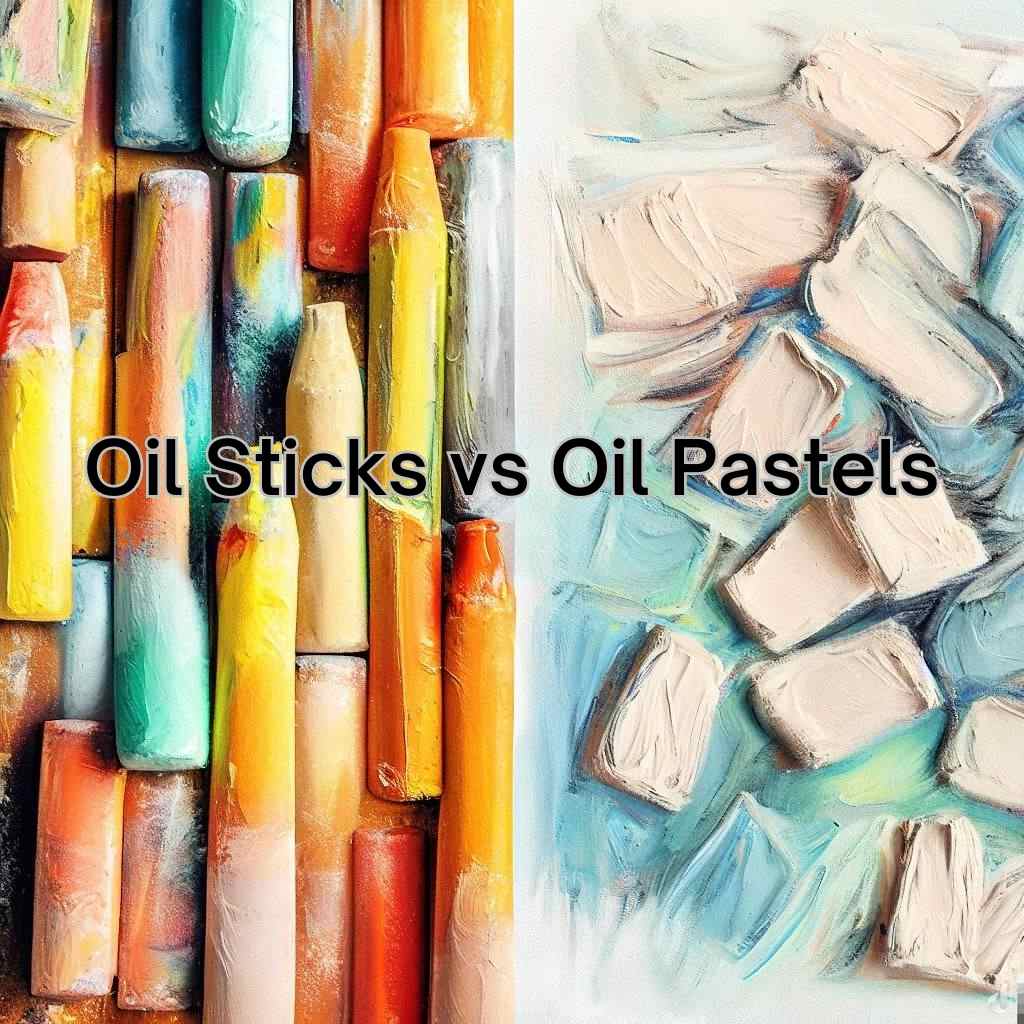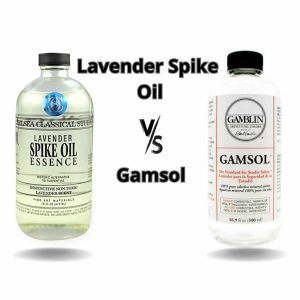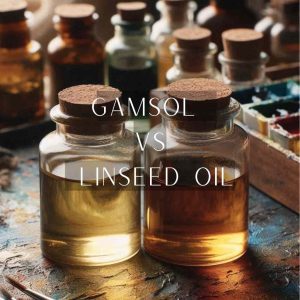The world of artistic mediums is vast with oil sticks vs oil pastels being two intriguing contenders.
Choosing the right medium for your artistic expression is crucial, as it sets the foundation for your creative journey. But how do you navigate the world of oil sticks and oil pastels to find the perfect fit for your art?
In this blog post, we dive into the world of oil sticks and oil pastels, exploring their unique properties, versatile applications, and the incredible effects they can achieve.
Key Differences Between Oil Sticks and Oil Pastels
Here’s a comparison table that summarizes the main differences between oil pastels and oil sticks for your ease of access:
| Factors | Oil Sticks | Oil Pastels |
| Composition | Pigments mixed with drying oils, waxes, and binders | Pigments mixed with non-drying oils and waxes |
| Texture | Solid sticks similar to oil paints | Soft and creamy consistency, similar to crayons |
| Application | Directly applied to the surface like drawing with a stick | Applied with a sweeping motion or blended using fingers, tools, or solvents |
| Drying time | Slow drying time, allowing for blending and layering | Non-drying nature, remains workable indefinitely |
| Colors | Rich and vibrant colors with high pigment concentration | Intense colors with a range of hues and shades |
| Blending | Limited blending directly on the surface | Blendable with fingers or tools to create smooth transitions |
| Surface | Can be used on various surfaces, including canvas, wood, and paper | Suitable for most surfaces, including paper, canvas, and board |
| Protection | Requires varnishing or use of fixatives to protect the artwork | Requires careful handling to avoid smudging and can be fixed with a spray |
| Techniques | Allows for impasto, scumbling, glazing, and sgraffito techniques | Sgraffito, blending, layering, and scratch techniques are commonly used |
| Versatility | Can be used alone or in combination with traditional oil paints | Versatile for various techniques and can be used with other mediums |
Oil Sticks
Oil sticks are an innovative and versatile medium that has gained popularity among artists in recent years. They are essentially a combination of pure pigment, a drying oil, and wax.
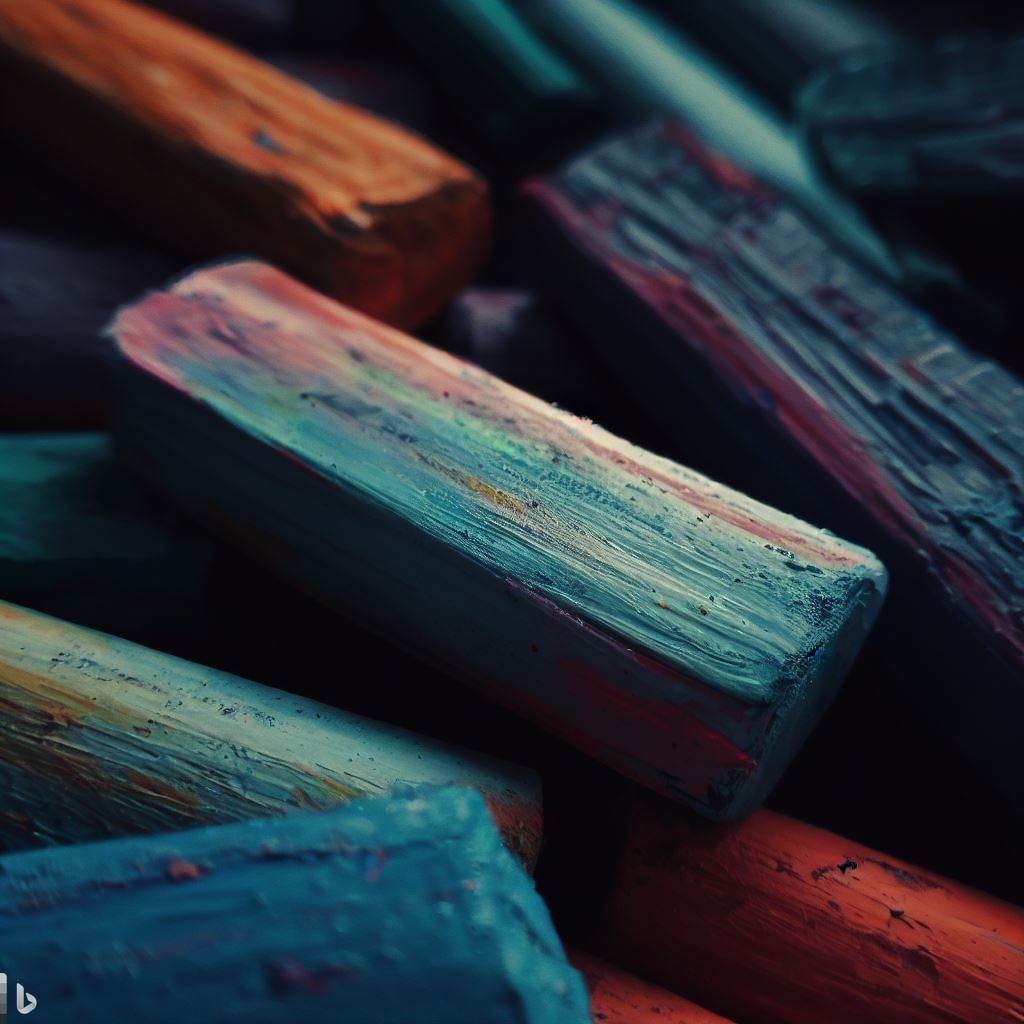
The composition gives them a rich and creamy consistency, making them ideal for expressive and bold strokes. The combination of pigment and oil ensures intense color saturation, while the addition of wax provides a solid form that can be easily held and manipulated.
One of the greatest benefits of using oil sticks is their versatility. They can be used alone or in combination with traditional oil paints, enabling artists to achieve different textures and effects.
With oil sticks, artists have the freedom to work directly on various surfaces, such as canvas, wood, or even paper. This flexibility allows for experimentation and exploration, allowing artists to push the boundaries of their creativity.
Brands and options
Exploring different brands and options available is essential when working with oil sticks. Various manufacturers offer a wide range of colors, sizes, and consistencies, allowing artists to find the perfect fit for their artistic needs.
It’s worth noting that different brands may have variations in their drying time, consistency, and pigmentation, so it’s essential to experiment and find the brand that resonates with your style.
Here’s a short discussion on specific brands of oil sticks:
- Winsor & Newton Artists’ Oilbars: High-quality with a wide range of vibrant colors.
- Sennelier Oil Sticks: Made with pure pigment and blend effortlessly.
- R&F Handmade Paints Pigment Sticks: Handmade with a rich, buttery consistency
- Jack Richeson Shiva Oil Paint Stick: Student-grade highly blendable and fast drying.
Oil Pastels
Oil pastels, on the other hand, consist of pigment, a non-drying oil, and a wax binder. Unlike oil sticks, oil pastels have a softer and more crayon-like texture.
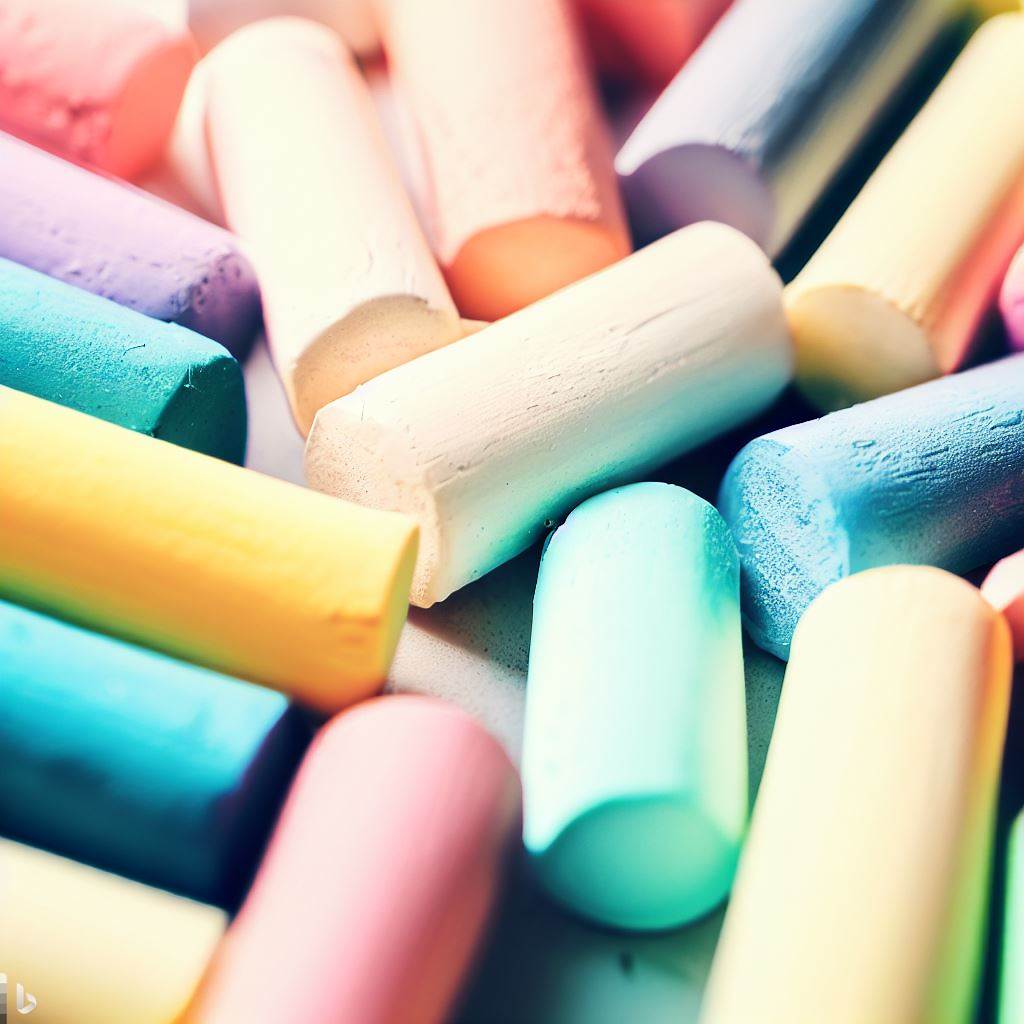
They are incredibly versatile and allow for smooth and blendable strokes. Due to their composition, oil pastels offer a unique advantage—their ability to be applied on almost any surface, including paper, canvas, and even glass.
One of the notable advantages of oil pastels is their ability to produce vibrant and saturated colors. The high concentration of pigment in oil pastels ensures that the colors remain rich and vivid, even after drying.
Additionally, oil pastels can be easily blended and layered, allowing artists to create smooth gradients and subtle transitions.
The soft texture of oil pastels makes them excellent for achieving a painterly effect, as they can be easily smudged or blended with a finger or blending tool.
Popular brands and types
When it comes to oil pastels, there are numerous brands and types available in the market. Each brand offers its unique qualities, such as variations in color range, softness, and opacity.
Here’s a short discussion on specific brands of oil pastels:
- Sennelier Oil Pastels: High-quality with excellent color vibrancy and blendability.
- Holbein Artist Oil Pastels: Soft and creamy texture with vibrant color payoff.
- Faber-Castell Oil Pastels: Smooth application and vibrant colors with archival quality.
- Sakura Cray-Pas Expressionist Oil Pastels: Soft and blendable with good lightfastness.
- Mungyo Gallery Soft Oil Pastels: Affordable option with a soft texture and vibrant colors.
Exploring different brands and experimenting with their characteristics will help you find the oil pastels that best suit your artistic style.
Oil Sticks vs Oil Pastels: Comparative Analysis
Here’s a detailed comparison between oil sticks and oil pastels that would help the artists to choose their desired medium-
Texture
Texture and application play a vital role in the overall visual effect of an artwork. When using oil sticks, artists will notice their creamy and buttery texture. They glide smoothly across the surface, allowing for expressive and impasto-like strokes.
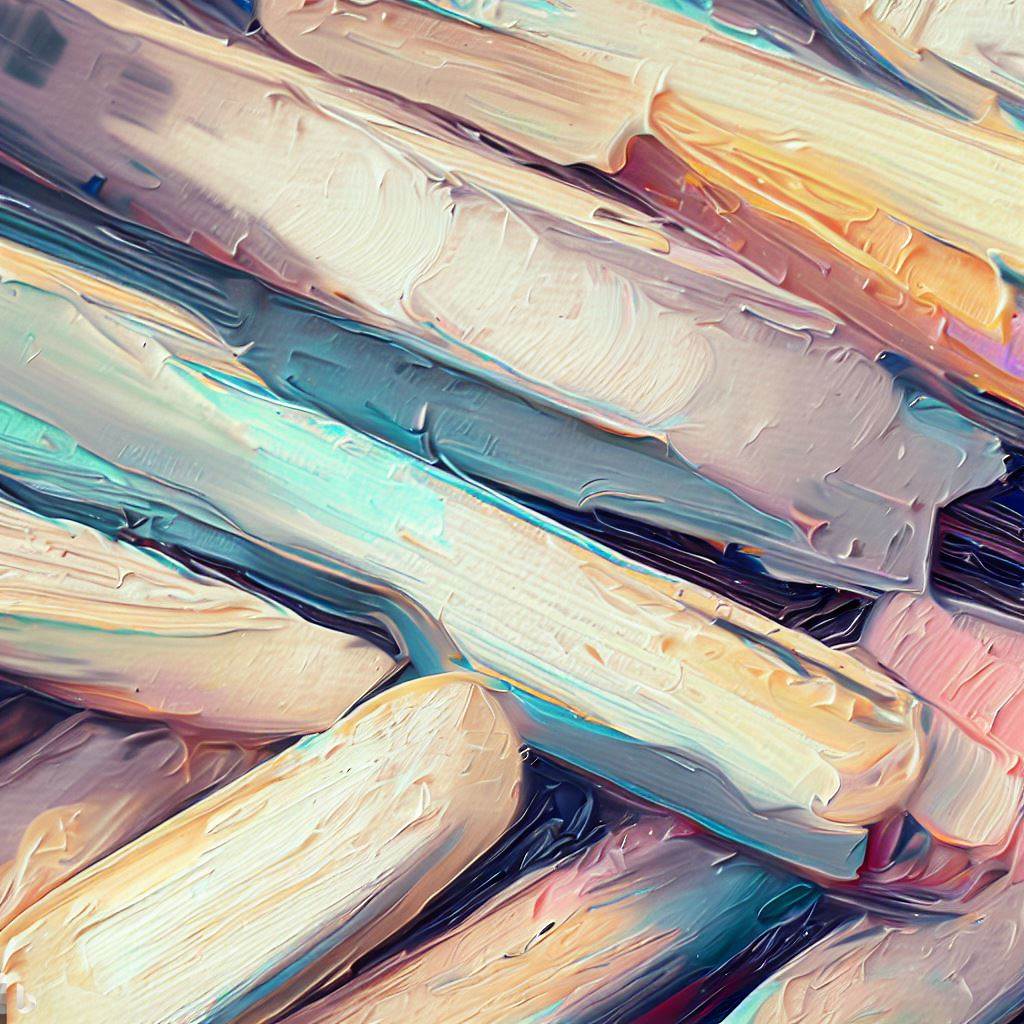
The consistency of oil sticks can be adjusted by heating them slightly or applying them directly to the surface. Artists can use brushes, palette knives, or even their fingers to create various textures and effects.
Oil pastels, on the other hand, have a softer and more delicate texture. They provide a gentle resistance as they are applied to the surface, allowing for precise control over strokes.
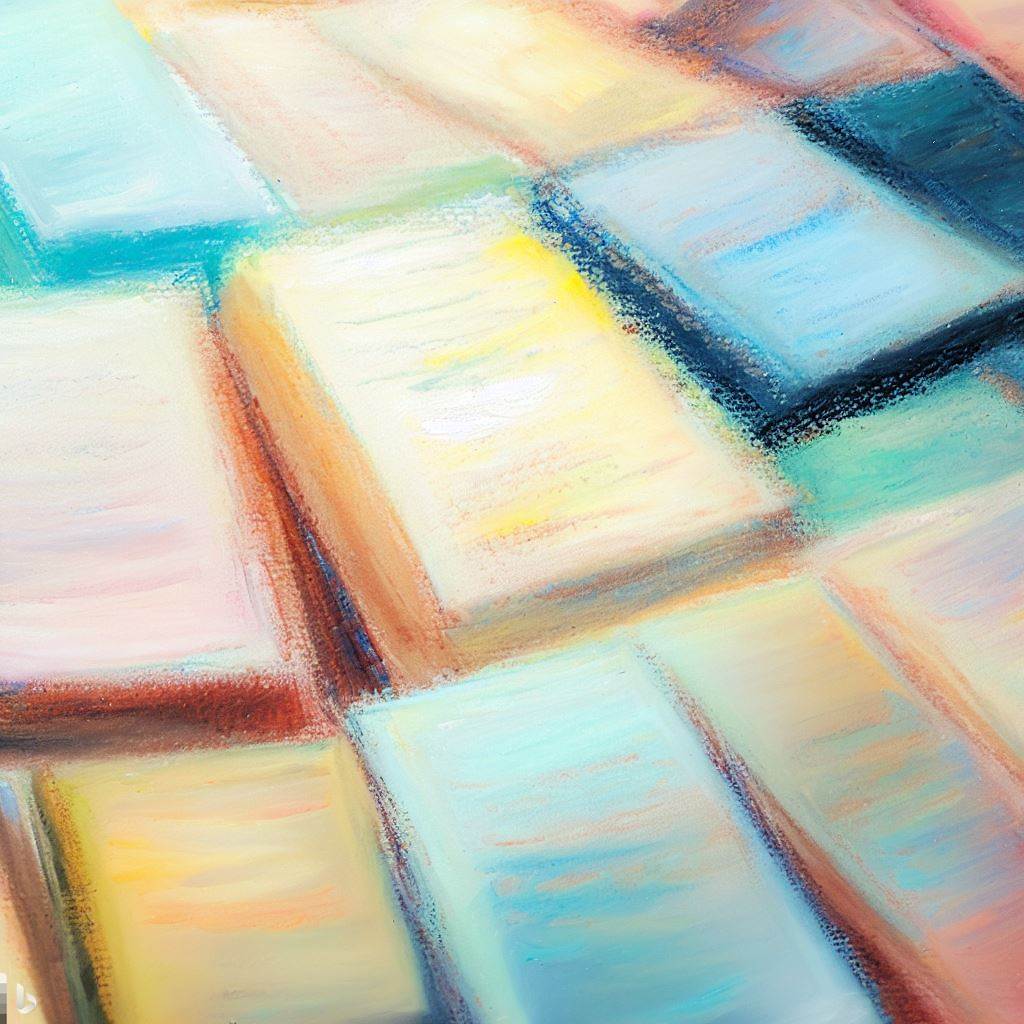
Artists can achieve different effects by varying the pressure and angle of application. The versatility of oil pastels allows artists to create both smooth and textured surfaces, depending on their desired outcome.
Color Intensity
One of the key aspects of any artwork is color. Oil sticks offer artists the opportunity to achieve vibrant and intense colors. The high concentration of pigment ensures that the colors remain bold and striking even after drying.
Artists can create a wide range of color variations by blending and layering oil sticks. This versatility allows for the creation of dynamic and visually captivating artworks.
Oil pastels also excel in color intensity and blending capabilities. Due to their high pigment concentration, oil pastels produce rich and vivid colors. Artists can blend oil pastels seamlessly, creating smooth gradients and transitions.
By layering different colors, they can achieve depth and complexity in their artworks. The ability to blend and mix colors directly on the surface provides endless possibilities for creating unique color effects.
Blending
Techniques for blending and creating gradients with each medium differ slightly. When working with oil sticks, artists can blend colors using brushes, palette knives, or even their fingers.
The creamy consistency of oil sticks allows for easy mixing and smudging. In contrast, oil pastels are blended using specialized blending tools, tortillons, or soft brushes.
The soft texture of oil pastels ensures smooth blending and seamless transitions between colors. Both mediums offer exciting possibilities for creating vibrant and harmonious color palettes.
Layering and Building Depth
Oil sticks are ideal for creating depth and texture in artworks. Their thick consistency allows for layering, resulting in a three-dimensional effect.
Artists can use techniques like scraping or sgraffito to reveal underlying layers, adding captivating elements to their creations.
Oil pastels, although softer in texture, can also be layered to create depth. Artists can build up layers of colors, achieving subtle variations and the illusion of depth.
The versatility of oil pastels allows for experimentation with layering techniques, giving the artwork a multidimensional quality.
Combining oil sticks and oil pastels produces unique effects. The bold strokes of oil sticks complement the smooth blending of oil pastels, resulting in an interplay of textures.
Artists can integrate both mediums, exploring expressive marks and subtle transitions to develop their distinct artistic style.
Drying Time and Fixatives
Oil sticks generally have a longer drying time compared to other oil-based mediums. This extended drying time allows artists to work at a more leisurely pace, allowing them to blend, layer, and modify their artwork over an extended period.
However, it’s important to note that the drying time may vary depending on the brand and environmental conditions.
Oil pastels, in contrast, do not dry in the traditional sense. The non-drying nature of oil pastels offers artists the advantage of being able to work on their artwork indefinitely.
This characteristic allows for continuous blending and reworking of colors, even after extended periods of time.
However, it’s crucial to protect and preserve oil pastel artworks properly to prevent smudging or damage. Using fixatives, such as spray varnishes specifically designed for oil pastels, can help seal the artwork and protect it from external elements.
Tips for protecting and preserving artworks created with each medium should be considered. For oil sticks, it’s recommended to varnish the artwork once it has fully dried.
This protective layer helps to prevent damage, and discoloration, and ensures the longevity of the artwork. Proper storage in a cool and dry environment is also crucial to maintain the quality of oil stick artworks.
Surface Compatibility
The choice of surface is an important consideration when working with oil sticks and oil pastels. Different surfaces yield different effects and require specific preparations to ensure optimal results.
Oil sticks are versatile and can be used on various surfaces, such as canvas, wood, or paper. However, priming the surface is crucial to provide a suitable base for the oil sticks to adhere to.
Applying a layer of gesso or acrylic primer to the surface creates a barrier between the oil in the sticks and the surface, preventing any potential interactions or damage.
Oil pastels, on the other hand, can be applied to almost any surface without the need for priming. They work well on paper, canvas, wood, and even glass.
The waxy nature of oil pastels allows them to adhere to surfaces effortlessly. However, using a heavier-weight paper or a specialized pastel paper can enhance the blending and layering capabilities of oil pastels.
Oil Sticks and Oil Pastels: Techniques and Effects
Experimenting with different techniques is a crucial part of the artistic journey. Both oil sticks and oil pastels offer a wide range of techniques for artists to explore, allowing them to create different effects and achieve desired outcomes.
With oil sticks, artists can employ techniques such as impasto, scumbling, glazing, or even sgraffito.
Impasto
Impasto involves applying thick layers of paint using a palette knife or brush, creating a three-dimensional texture.
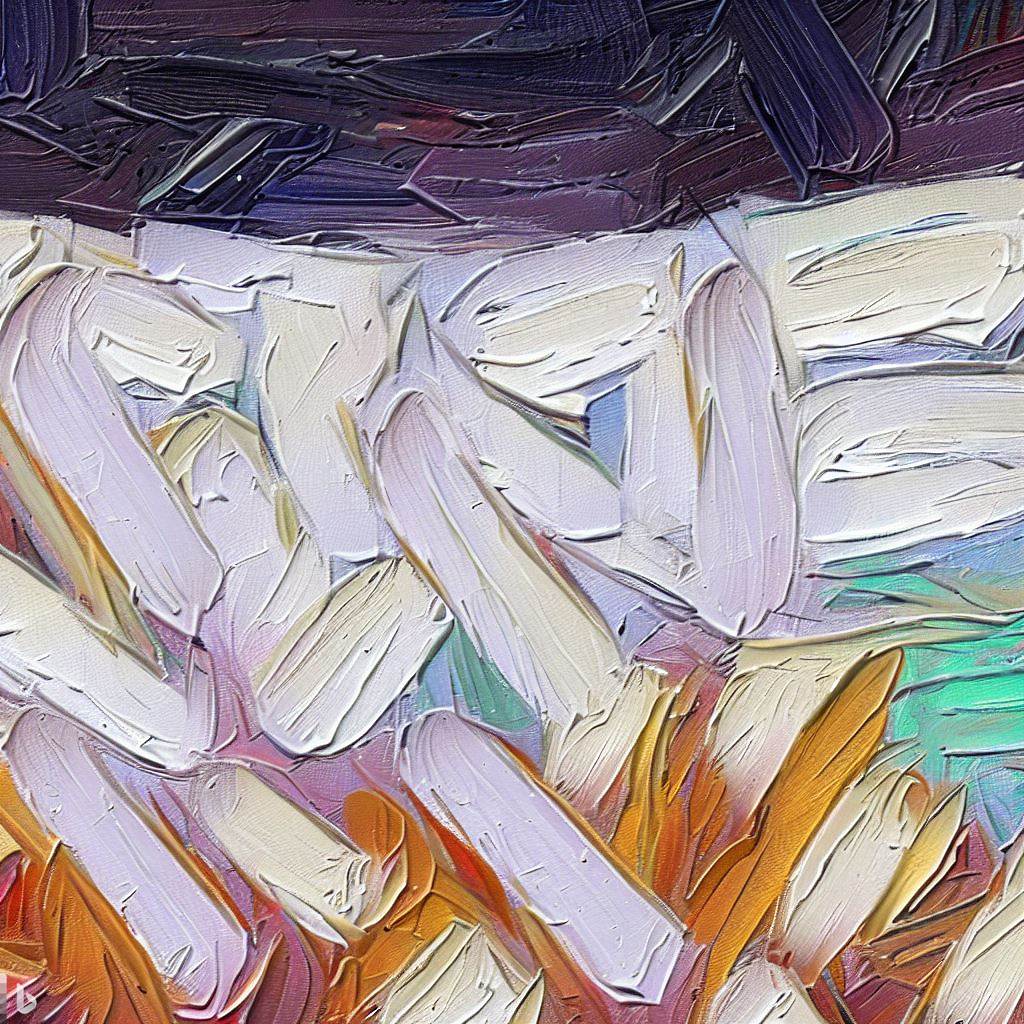
Impasto with Oil Stick
Scumbling
Scumbling refers to applying a thin layer of opaque color over a dry layer, creating a hazy or cloudy effect. Glazing involves layering transparent colors to create depth and luminosity.
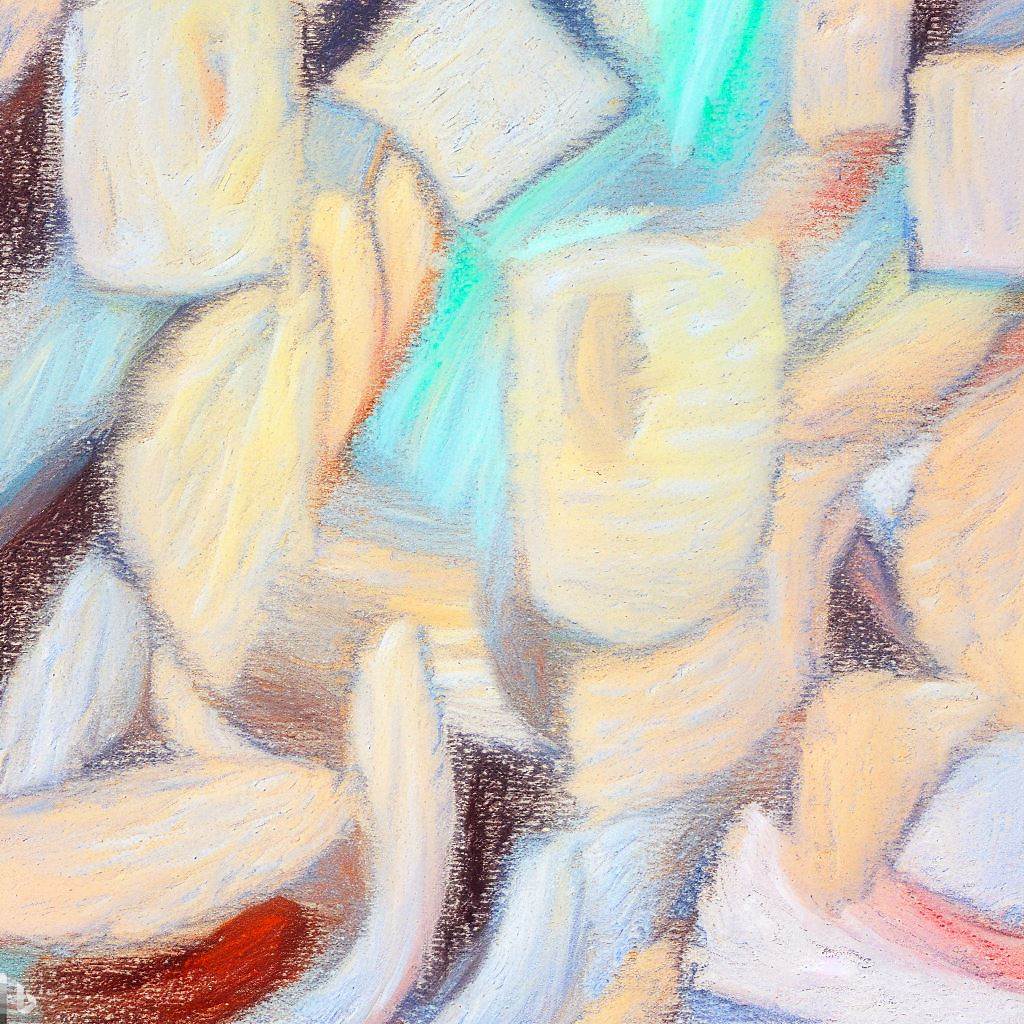
Scumbling with Oil Stick
Sgraffito
Sgraffito is a technique where artists scratch through layers of paint to reveal underlying colors or create intricate patterns. These techniques provide a range of possibilities for artists to express their creativity and add depth to their artwork.
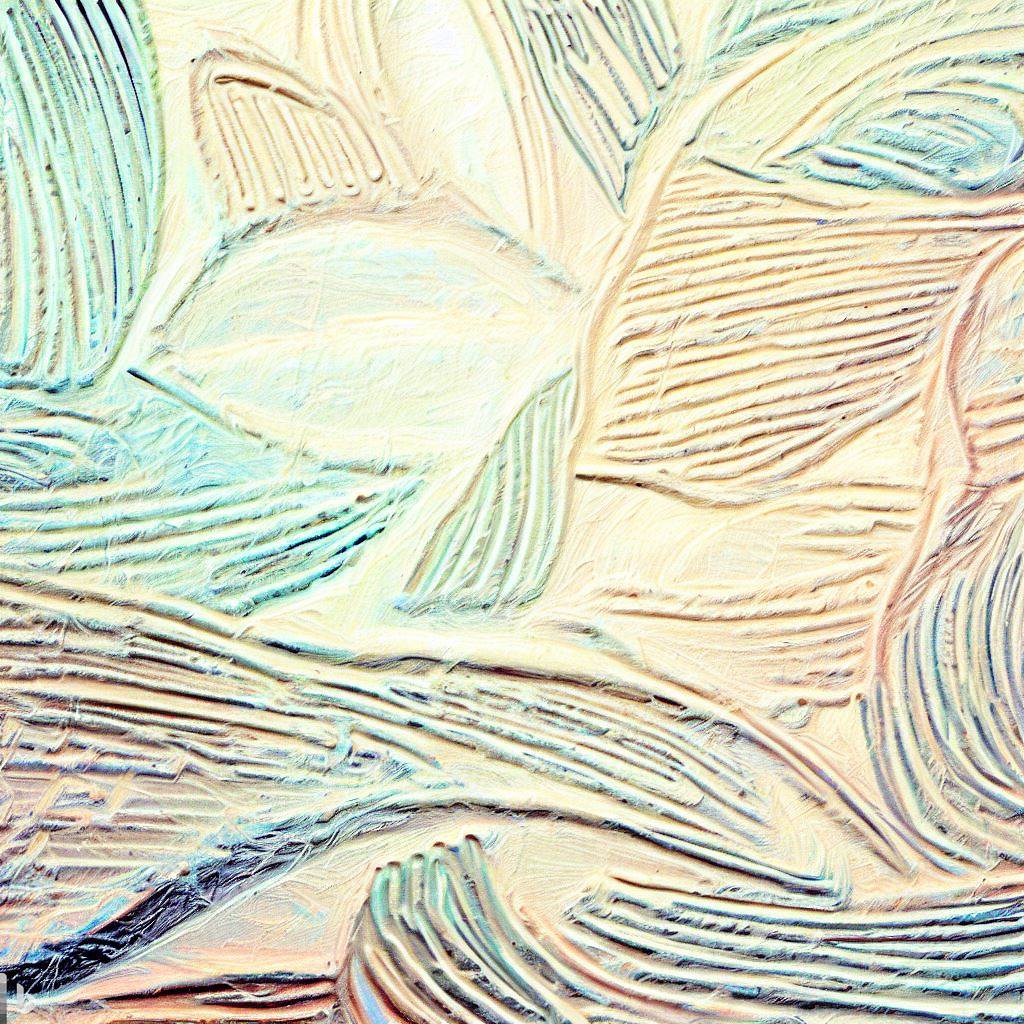
Sgraffito with Oil Stick
Oil pastels also offer a variety of techniques for artists to explore.
Sgraffito
Sgraffito can be used with oil pastels as well, allowing artists to scratch through layers to create unique textures or reveal underlying colors.
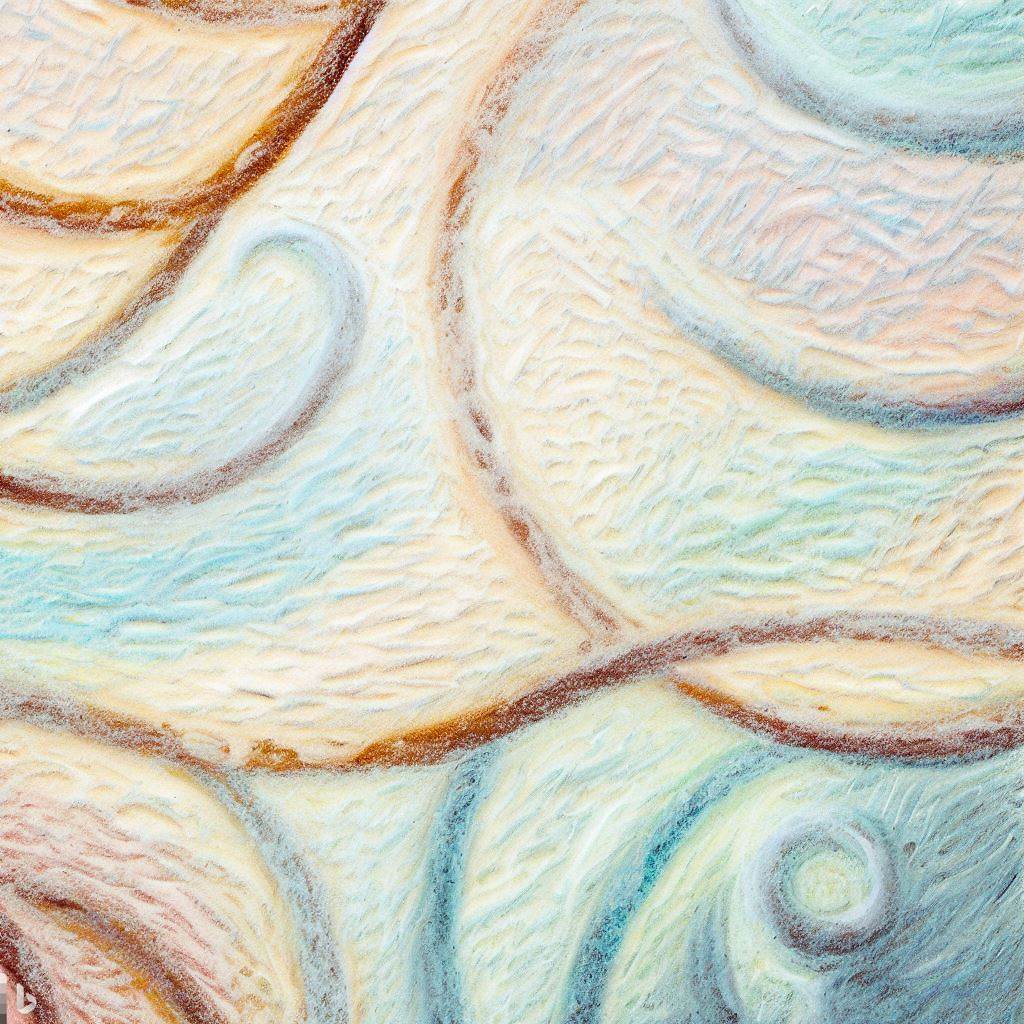
Sgraffito with Oil Pastel
Blending
Blending is a fundamental technique for achieving smooth transitions and color gradations.
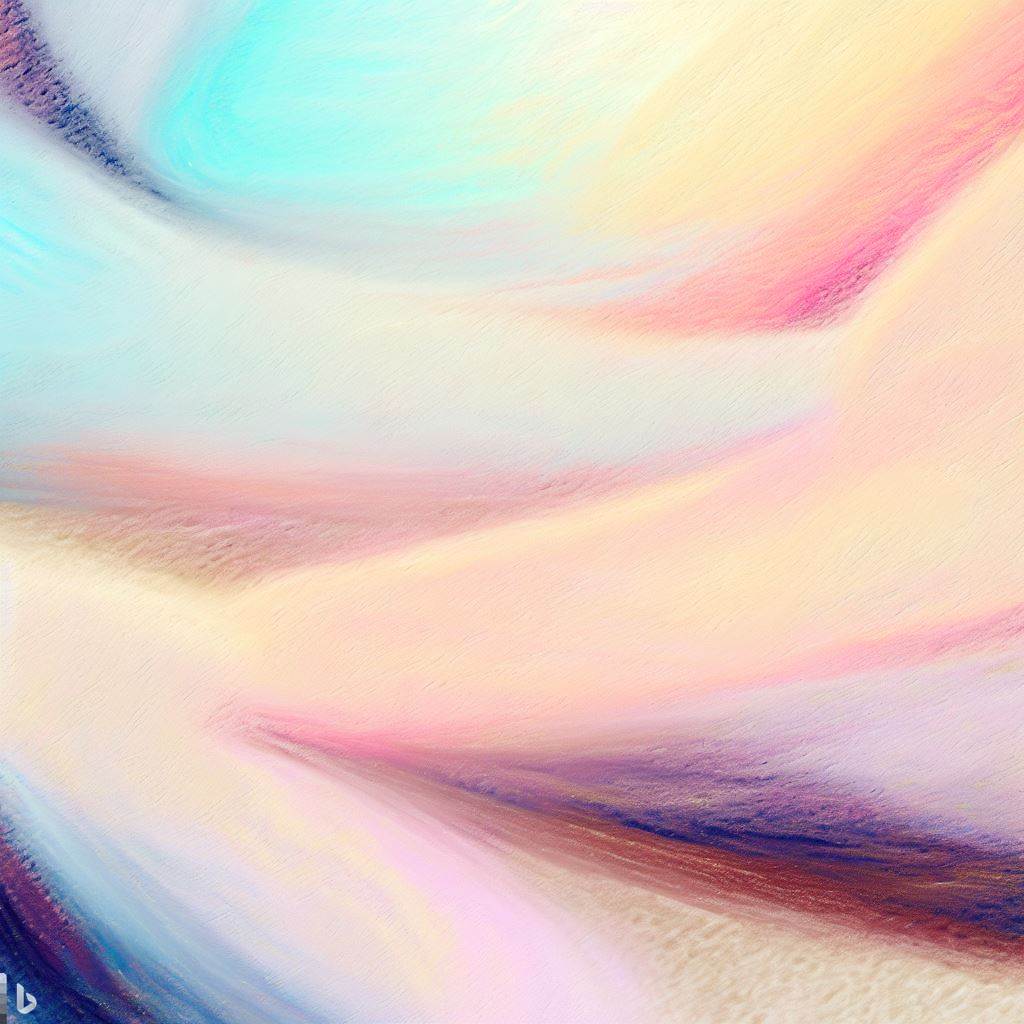
Blending with Oil Pastel
Cross-hatching
Artists can experiment with layering colors, using a cross-hatching technique to build up texture or applying different pressures to create variations in color saturation.
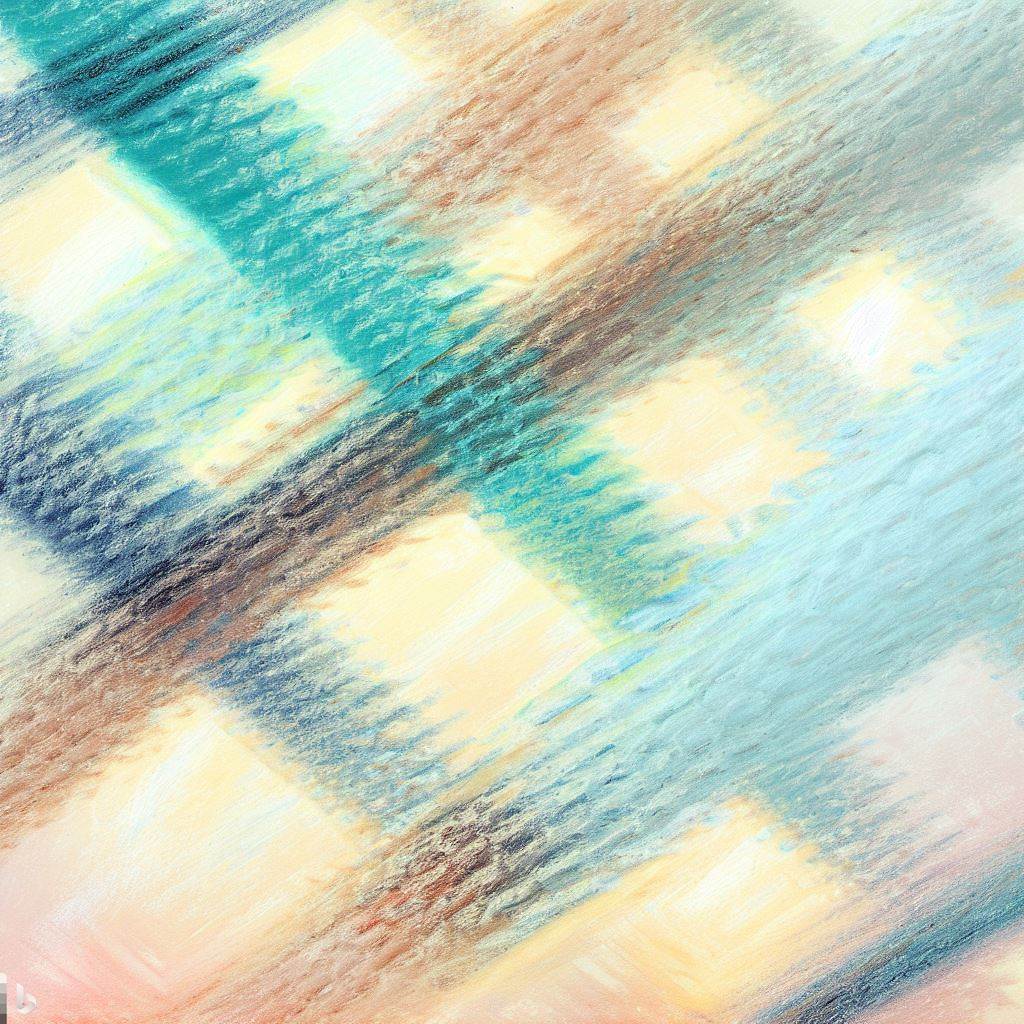
Cross-hatching with Oil Pastel
By combining these techniques, artists can achieve a myriad of effects and capture the desired mood or atmosphere in their artworks.
Oil Sticks vs Oil Pastels: Which One is Best for Beginners?
When it comes to choosing between oil sticks and oil pastels, beginners may find it difficult to decide which one to use. Both mediums have their own unique characteristics and advantages, but which one is best suited for beginners?
Ease of use: Winner- Oil Pastels
Oil pastels are generally considered to be easier to use than oil sticks, as they are smaller in size and can be applied directly to the surface without the need for additional tools.
Affordability: Winner-Oil Pastels
They are also more affordable than oil sticks, making them a great choice for beginners who are just starting out and don’t want to invest too much money in their art supplies.
Tactile and Expressive Experience: Winner-Oil Pastels
Oil sticks offer a more tactile and expressive experience, allowing beginners to experiment with different textures and techniques. They are also more versatile than oil pastels, as they can be used on a variety of surfaces, including canvas, paper, and wood.
Versatility: Winner- Oil Sticks
Oil sticks are more versatile than oil pastels, as they can be used on a wider range of surfaces. This makes them a good option for artists who want to experiment with different types of artwork.
Ultimately, the choice between oil sticks and oil pastels comes down to personal preference and the type of artwork you want to create. If you are looking for a more traditional approach to painting, then oil sticks may be the best option for you.
However, if you prefer a more experimental and playful approach, then oil pastels may be the better choice.
FAQs
- Can I use solvents with oil sticks and oil pastels?
Solvents are typically not required for oil sticks and oil pastels. Oil sticks already contain a combination of pigment, oil, and wax, allowing for easy manipulation and blending. Oil pastels, being non-drying, can be layered and blended without the need for solvents. However, some artists may choose to use solvents sparingly for specific effects or to dilute the medium. It’s important to experiment carefully and test solvents for compatibility and desired results.
- Can I achieve a painterly effect with oil sticks and oil pastels?
Yes, both mediums offer the potential to create a painterly effect. Oil sticks can be blended and diluted with solvents for a more fluid application, while oil pastels can be blended and layered to achieve subtle variations and soft transitions.
- Can I use oil sticks and oil pastels for mixed-media artwork?
Absolutely! Oil sticks and oil pastels can be combined with other mediums like acrylics, watercolors, or collage elements to create mixed media artworks. This combination allows for endless creative possibilities and experimentation.
- Can I achieve fine details with oil sticks and oil pastels?
While oil sticks and oil pastels are known for their bold and expressive qualities, artists can still achieve fine details by using fine brushes or the pointed ends of oil pastels. Patience and precision are key to achieving intricate details.
- Can I use oil sticks and oil pastels for plein air painting?
Absolutely! Both oil sticks and oil pastels are portable and can be used for plein-air painting. Their versatility allows artists to capture the beauty of the outdoors with vibrant colors and expressive marks.
- Can I remove mistakes or make corrections with oil sticks and oil pastels?
Yes, mistakes and corrections can be made with both mediums. For oil sticks, artists can scrape off or layer over unwanted areas. Oil pastels can be smudged or scraped off gently, allowing for corrections and adjustments during the creative process.
- Can oil sticks and oil pastels be used for sketching and underpainting?
Absolutely! Both mediums are well-suited for sketching and underpainting. Their rich colors and blendability allow artists to lay down initial layers, establish the composition, and create a foundation for their artwork.
- Are oil sticks and oil pastels lightfast?
Most oil sticks and oil pastels are lightfast, meaning they resist fading or discoloration over time when exposed to light. However, it’s recommended to check the lightfastness ratings provided by the manufacturers for specific colors to ensure long-term color stability.
- Can I use oil sticks and oil pastels for abstract or realistic artworks?
Absolutely! Both mediums lend themselves well to abstract and realistic styles. Oil sticks allow for bold and expressive marks, while oil pastels offer the ability to create detailed textures and smooth transitions, making them suitable for a wide range of artistic expressions.
Conclusion
As we reach the culmination of the comparison of oil sticks vs oil pastels, it becomes evident that both mediums offer distinct advantages and possibilities.
The intense colors and bold strokes of oil sticks provide a dynamic and textured experience, while the blending capabilities and delicate textures of oil pastels allow for nuanced expression.
Rather than viewing this as a choice between two opposing forces, embracing the harmonious interplay between oil sticks and oil pastels opens up a world of artistic fusion.
By understanding the unique qualities of each medium and harnessing their strengths, artists can embark on a creative journey that combines vibrant pigments, captivating textures, and limitless possibilities.
So, let your artistic voice guide you as you explore the captivating world of oil sticks and oil pastels, and witness the magic that unfolds on your canvas.
Understanding the unique properties of oil sticks and oil pastels can enhance your artistic techniques. To ensure your soft pastel creations last, check out how to seal soft pastels.

